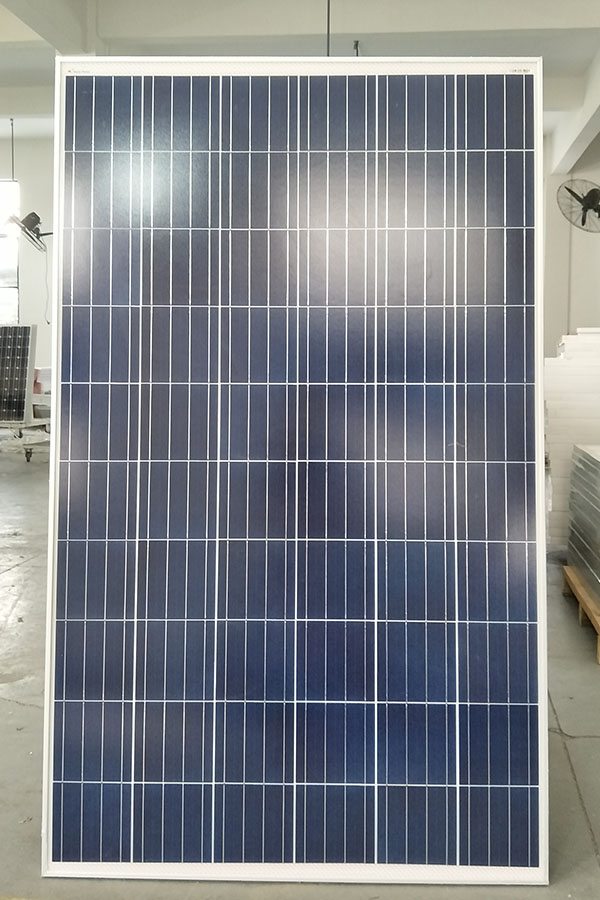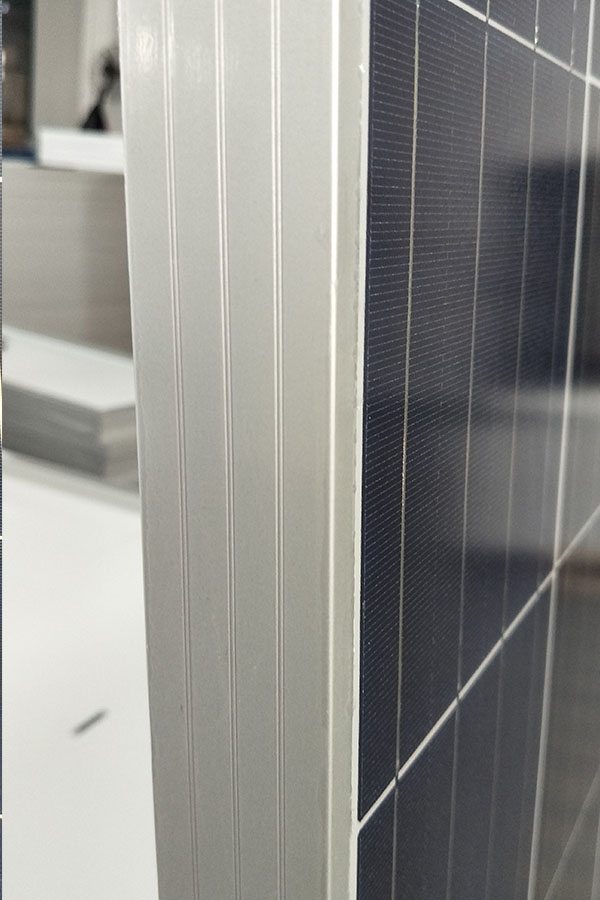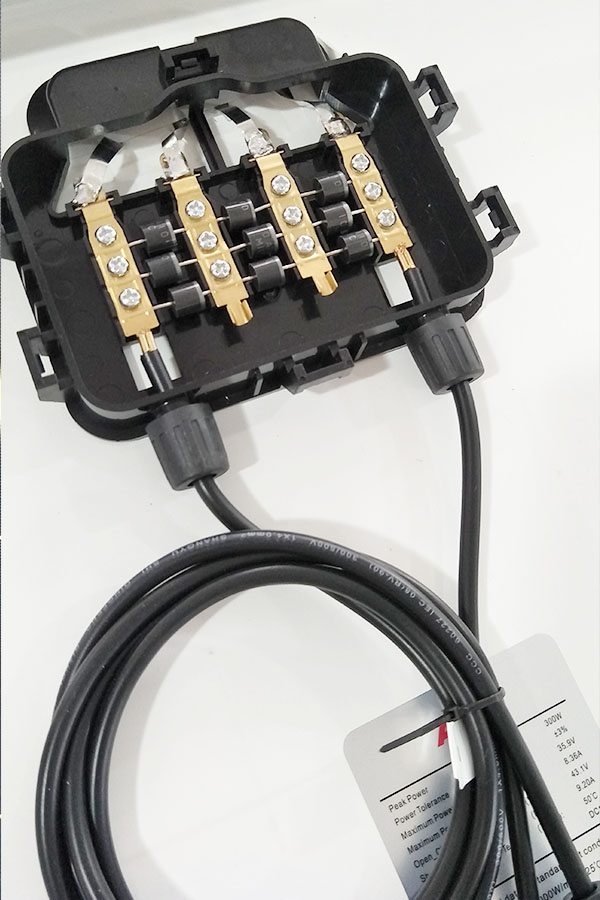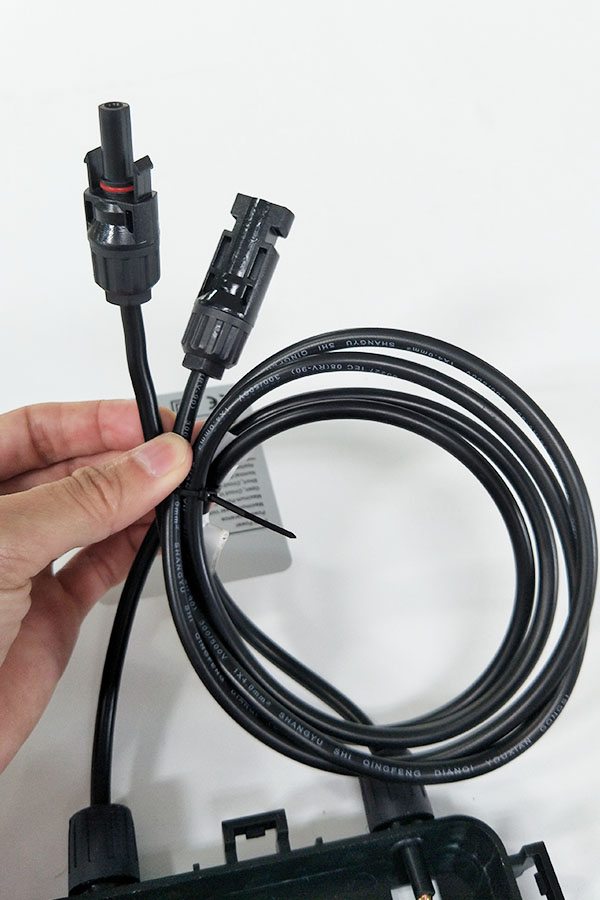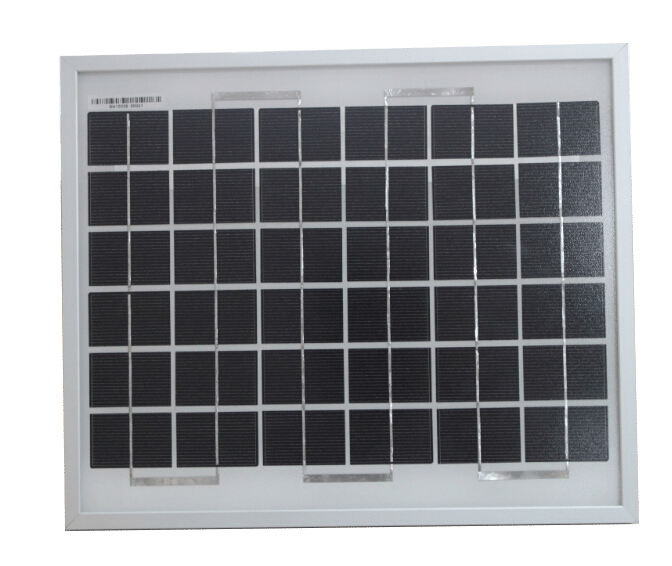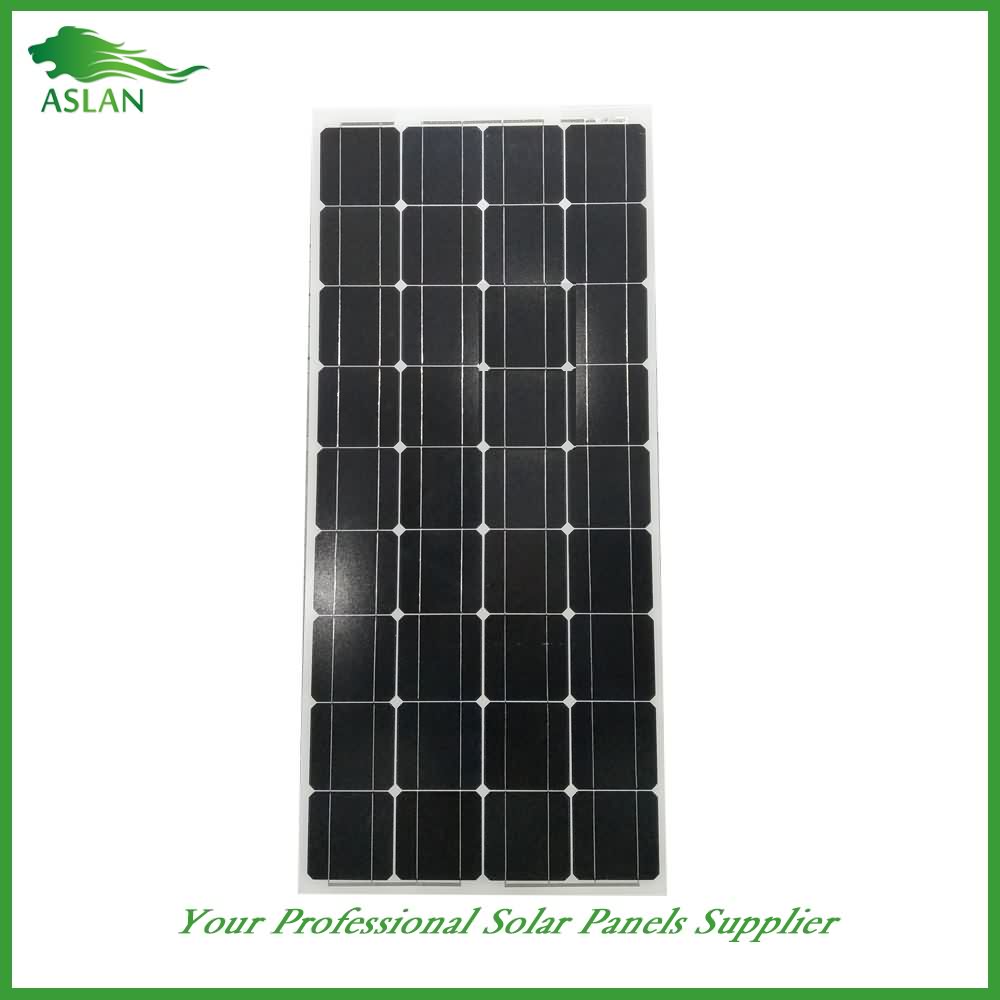China Wholesale for Poly-crystalline Solar Panel 250W Factory for Denver
Short Description:
The company upholds the philosophy of "Be No.1 in quality, be rooted on credit and trustworthiness for growth", will continue to serve old and new customers from home and overseas whole-heatedly for China Wholesale for Poly-crystalline Solar Panel 250W Factory for Denver, To learn more about what we can do for you, contact us at any time. We look forward to establishing good and long-term business relationships with you.
Poly-crystalline Solar Panel 250W
Technical parameter
Maximum Power(W) 250W
Optimum Power Voltage(Vmp) 30.25V
Optimum Operating Current(Imp) 8.26A
Open Circuit Voltage(Voc) 36.61V
Short Circuit Current(Isc) 8.89A
Mechanical Characteristics
Cell Type Polycrystalline 156x156mm (6 inch)
No of Cell 60 (6x10pcs)
Dimensions 1640x990x40mm
Weight 18.5KGS
Front Glass 3.2mm,High Transmission, Low Iron,Tempered Glass
Junction box IP65 Rated
Output Cable TUV 1×4.0mm2/UL12AWG,Length:900mm
Temperature and Coefficients
Operating Temperature(°C): -40°C ~ + 85°C
Maximum System Voltage: 600V(UL)/1000V(IEC) DC
Maximum Rated Current Series: 15A
Temperature Coefficients of Pmax: -0.47%
Temperature Coefficients of Voc: -0.389%
Temperature Coefficients of Isc: 0.057%
Nominal Operationg Cell Temperature (NOCT): 47+/-2°C
Materials of solar panel
1).Solar Cell——Polycrystalline solar cell 156*156mm
2).Front Glass——-3.2mm, high transmission, low iron, tempered glass
3).EVA——-excellent anti-aging EVA
4).TPT——-TPT hot seal made of flame resistance
5).Frame——anodized aluminum profile
6).Junction Box——-IP65 rated, high quality, with diode protection
Superiority: high quality anodized aluminum frame, high efficiency long life, easy installation, strong wind resistance, strong hail resistance.
Features
1. High cell efficiency with quality silicon materials for long term output stability
2. Strictly quality control ensure the stability and reliability, totally 23 QC procedures
3. High transmittance low iron tempered glass with enhanced stiffness and impact resistance
4. Both Poly-crystalline and Mono-crystalline
5. Excellent performance in harsh weather
6. Outstanding electrical performance under high temperature and low irradiance
Quality assurance testing
Thermal cycling test
Thermal shock test
Thermal/Freezing and high humidity cycling test
Electrical isolation test
Hail impact test
Mechanical, wind and twist loading test
Salt mist test
Light and water-exposure test
Moist carbon dioxide/sulphur dioxide
www.PortableSolarPower.Biz
Here is a 36 watt folding thin film portable solar panel that is made with triple junction Unisolar Thinfilm solar cells which have very good performance under all weather conditions. Most solar cells produce less power as the temperature rises but the Unisolar cells are barley affected by high heat conditions which makes them produce more power than a comparable solar panel that is not made with Unisolar solar cells.
The solar panels are semi flexible and are very rugged and will hold up for a very long time if taken care of properly. I have a similar solar panel that has been outside for 4 straight years and it has held up very well and still produces its nominal rated output power.The Unisolar solar cells also have a very long rated lifespan, like 85% of their rated output for 25 years. Most other thin films do not hold up very well over the long haul.
These panels are flimsy and are very hard to tilt because they are not solid and this is why I prefer the folding mono crystalline solar panels since being able to tilt the solar panel perfectly towards the sun can increase the power output by 200% and the monocrystalline panels have a solid fiberglass backing sheet which allows then to be easily tilted up against something. But if you have to have a thin film solar panel I would recommend one made out of Unisolar thinfilm if the weight of the solar panel is not an issue since it will outperform most all other thinfilm foldable portable solar panels on the market from out testing.
The panel is waterproof.
The panels are available in these color patterns: Black, Digital Camo, Jungle Camo, Olive Drab Green.
Technical Parameters
Actual peak output power: 36W
Nominal output power: 32.4 W
Nominal output voltage: 18V
Nominal output current: 1.8
Open-circuit voltage: 24V
Short-circuit current: 2.4A
Size
Folded size: 15.35 x 5.90 x 1.57 Inches
Unfolded size: 56.10 x 30.15 x .02 Inches
Output interface
SAE 2 Pin Trailer Plug Connector
Weight:
3.5 Pounds
Certificate
CE, RoHs
Warranty
2 years
Product life time
Over 15 years
Text at http://howfarawayisit.com/documents/
See 2014 update for Comets and Oort Cloud: https://youtu.be/MXYan2wA6io
In this segment of our “How far away is it” video book, we cover distances inside our Solar System.
We start out with a brief history beginning with how Nicolas Copernicus used planetary retrograde motion to help move us from the Earth-centric view to the Sun-centric view of our Solar System. We work our way through the contributions made by: Tycho Brahe and his detailed observations made with mural quadrants and sextants; Kepler and his mathematics of elliptical orbits; and Galileo and his observations using the newly invented telescope. We conclude this history with Newton and his theory of gravity. Gravity gives us the first opportunity to explain the inverse square law that will play such a central role in celestial distant measurements as we move out to the stars.
We then explain planetary parallax as an extension to triangulation and use it to determine the distance to the Moon. We also illustrate all the additional information that becomes available once the distance is known, such as diameter, area and volume.
Next, we take a look at the surface of Mars, the orbit of Mars and the Earth and the distance of Mars from the Sun, followed by distances of all the planets and Pluto from the Sun.
We then focus on Jupiter to gain a feel for its size. We watch the comet Shoemaker Levy collide with Jupiter. We explain Lagrange Points and cover Jupiter’s Trojan and Greek asteroids orbiting two of these points. This takes us to Earth’s Trojan asteroid, 2010 TK7.
Then, after covering the Kuiper Belt, we turn our attention to the Sun. We triangulate the Sun with Venus to calculate our distance from the Sun — one Astronomical Unit. With distance to the Sun known, we calculate its diameter, surface area and volume; the length of Earth’s orbit; the Earth’s velocity around the Sun; and with that, the Sun’s mass.
Next, we use Jupiter’s moon Io to calculate the speed of light and with that we calculate how long it takes the Sun’s light to reach the Earth.
We end with adding the parallax rung to our distance ladder.
STEM
